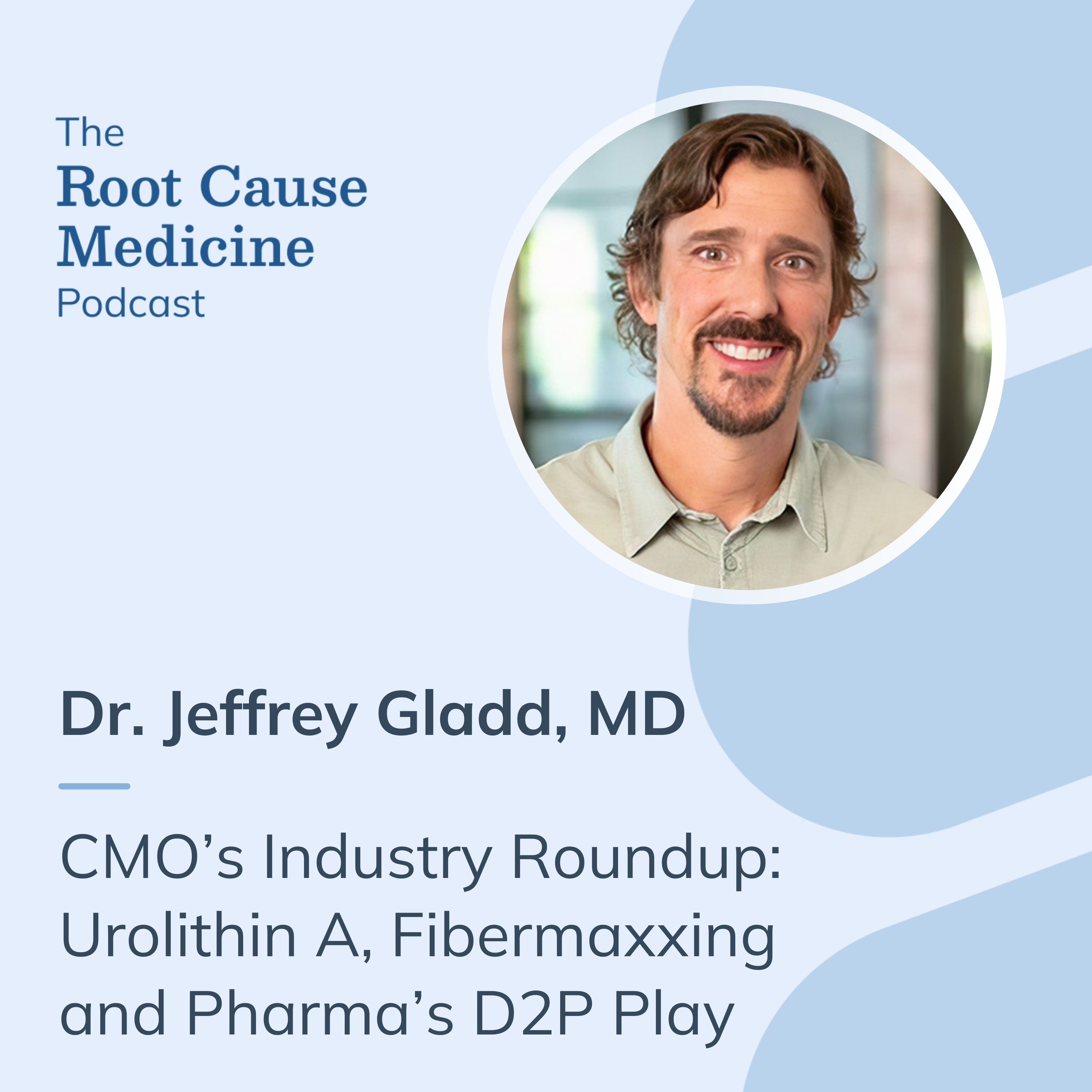Hormone replacement therapy (HRT) is a method used to address hormonal changes, particularly among women. However, even though 80% of women going through menopause experience symptoms, studies show only a small portion of them use HRT for relief. Men can also consider HRT, including hormone pellet therapy. HRT is a way to support hormone balance without taking pills, receiving injections, or using creams, gels, vaginal rings, or patches.
This article will explore the pros and cons of hormone pellets to help understand if this option is suitable for your patients. While HRT provides benefits for many, it isn’t right for everyone.
[signup]
Understanding Hormone Pellet Therapy
Hormone pellets are small, tic-tac-sized materials made up of various hormones, including combinations of estrogen, testosterone, progesterone, pregnenolone, dehydroepiandrosterone (DHEA), or others. The hormones present in pellets mimic natural hormones present in the human body, as they have virtually the same composition.
However, bioidentical hormones present in pellets are often sourced from plants.

Pros of Hormone Pellets
Hormone pellets offer various potential benefits for patient health, including:
Steady Hormone Levels
Hormone pellets provide a consistent release of hormones that may help support low levels of estrogen, testosterone, or other hormones. These bioidentical hormones aim to support the body's natural hormone release patterns.
Pellet therapy may help manage the following symptoms of hormonal imbalance, offering the following potential benefits:
- Faster metabolism
- Easier weight management
- Reduced body fat
- Increased muscle mass and strength
- Less vaginal dryness in women
- Support for erectile function in men
- Higher libido
- Fewer night sweats
- Reduced hot flashes
- Less discomfort with intercourse
- Better sleep quality
- More energy
- Fewer mood swings
- Less depression
- Reduced confusion or brain fog
- Thicker hair
Unlike many other methods of hormone replacement therapy (HRT), hormone pellets may help patients avoid peaks and troughs (fluctuating hormone levels) and experience steady hormone release without the often unpleasant symptoms linked to hormonal imbalance.
Convenience and Adherence
Bioidentical hormone pellets offer convenience for patients, as they require just a few applications each year to help maintain balance. This convenient perk can improve adherence, as patients don’t have to remember to take a pill daily, receive frequent injections, or apply a hormone patch or creams each week.
Personalized Dosages
A one-size-fits-all approach isn’t used for hormone pellet therapy. This form of hormone replacement allows for personalized dosing tailored to each patient’s individualized needs based on the results of a thorough hormone evaluation and their goals.
Cons of Hormone Pellets
While the pros of hormone pellets are numerous, potential drawbacks include:
Invasive Procedure
The pellet insertion process is more invasive than many other HRT methods, requiring a minor surgical procedure.
A provider must make a tiny incision in a patient’s upper buttocks or hips. They first numb the area, insert the hormone pellets, and close the incision using medical tape. While pellet insertion is a minor procedure, it's more invasive than taking a pill or receiving a patch or shot.
Difficulty in Adjusting Dosage
Because hormone pellets are designed to last for several months, adjusting hormone doses quickly can be challenging. Adjustments made to pellet hormone therapy require a new incision and pellet insertion.
Healthcare providers must monitor patients closely, providing a low dosage for a short period and rechecking hormone levels frequently until achieving just the right dose.
Potential Side Effects and Complications
Potential side effects or complications associated with hormone pellet therapy in some people include:
- Infection at the injection site
- Pellet extrusion (spontaneous expulsion of a pellet from its insertion site)
- Problems related to incorrect dosing (weight changes, fatigue, mood changes, etc.)
- Increased risk of blood clots, stroke, gallbladder disease, and breast cancer
- Weight changes
- Fatigue
- Acne
- Blurred vision
- Headaches
- Increased facial hair
- Cramping
- Spotting
- Breast tenderness
- Mood swings
- Bloating
- Menstruation changes
- Skin discoloration
- Itchiness or redness at the incision site
While the United States Food and Drug Administration (FDA) has approved some bioidentical hormones for optimal safety and effectiveness, the FDA hasn’t approved compounded bioidentical hormones because not enough is known about the long-term side effects or safety.
Comparing Hormone Pellets to Other HRT Methods
Other forms of HRT are often as effective as hormone pellet therapy, which is why it’s important to weigh the pros and cons of hormone pellets before determining which HRT treatment is best for each patient.
- Hormone pellet therapy: requires pellet insertion (minor procedure) every few months
- Pills: requires daily (or as instructed) use; must remember to take pills as directed
- Patches: worn on the skin; must replace hormone patches weekly or twice a week
- Creams, sprays, or gels: must remember to apply to the skin daily or several times weekly
- Injections: must attend an office visit every few weeks or self-inject hormones at home
- Vaginal rings: worn in the vagina and replaced every 90 days
Hormone pellets are typically more convenient with higher adherence rates compared with other forms of HRT. Studies show that almost 60% of patients instructed to take hormone pills missed at least some of their doses.
Who is a Good Candidate for Hormone Pellet Therapy?
Good candidates for hormone pellet therapy may include individuals with low levels of estrogen, testosterone, progesterone, or other hormones who experience symptoms associated with hormonal imbalance.
Additionally, candidates must be willing to attend doctor’s appointments every few months to monitor hormone levels and remove or replace hormone pellets as needed.
Patients who don’t want to worry about taking a pill, wearing a vaginal ring, applying a patch or cream regularly, or receiving injections every few weeks often find hormone pellet therapy a welcome, more convenient option with high satisfaction rates.
Considerations Before Choosing Hormone Pellet Therapy
Before deciding on hormone pellet therapy, it’s important to discuss a patient’s medical history, lifestyle, and preference for treatment frequency to determine which HRT method best fits their needs and expectations.
Frequently Asked Questions (FAQ)
Use the following FAQs to address common patient concerns before suggesting hormone pellet therapy:
Will I gain weight on hormone pellets?
It depends. Some people do gain weight after beginning hormone pellet therapy, while others lose weight.
Studies show that hormone therapy may help reduce abdominal obesity and insulin resistance in perimenopausal women.
Researchers found that testosterone therapy in men may support lean body mass, which could increase overall body weight since muscles weigh more than fat.
Weight fluctuations may also occur during an adjustment period while a practitioner finds just the right dosage needed for proper balance.
However, if hormone imbalance has contributed to unwanted weight gain, pellet therapy may help individuals move toward a healthier weight.
Are hormone pellets better than pills?
Hormone pellets and pills are both methods to support hormone balance and manage symptoms associated with fluctuating hormones. However, some patients have difficulty remembering to take pills regularly, which can reduce the effectiveness of this treatment.
Women who desire birth control may choose pills or other hormonal birth control methods instead of pellets, as pellet therapy doesn’t protect sexually active women against unwanted pregnancies.
Hormonal birth control can prevent pregnancy while helping manage symptoms in perimenopausal women experiencing heavy menstrual bleeding, menstrual pain or irregularities, acne, low bone density, or vasomotor symptoms (night sweats, hot flashes, heart palpitations, etc.).
Who is not a candidate for hormone pellets?
Hormone therapy may not be suitable for patients with a history of or risk factors linked to heart disease, breast cancer, stroke, or blood clotting disorders. Other contraindications could include history of uterine cancer, chronic liver disease or dysfunction, or migraines with auras.
Providers should establish the most appropriate treatment plan based on a patient’s medical history, risk factors, lifestyle, preferences, and goals.
[signup]
Key Takeaways
As with most forms of medical interventions, the pros and cons of hormone pellets exist. Discuss the risks and benefits of this treatment with patients and evaluate whether it's right for them based on their medical history, symptoms, lifestyle, and treatment preferences.
With the right composition and dosage, pellet therapy may support a patient’s quality of life and overall well-being.












%201.svg)







